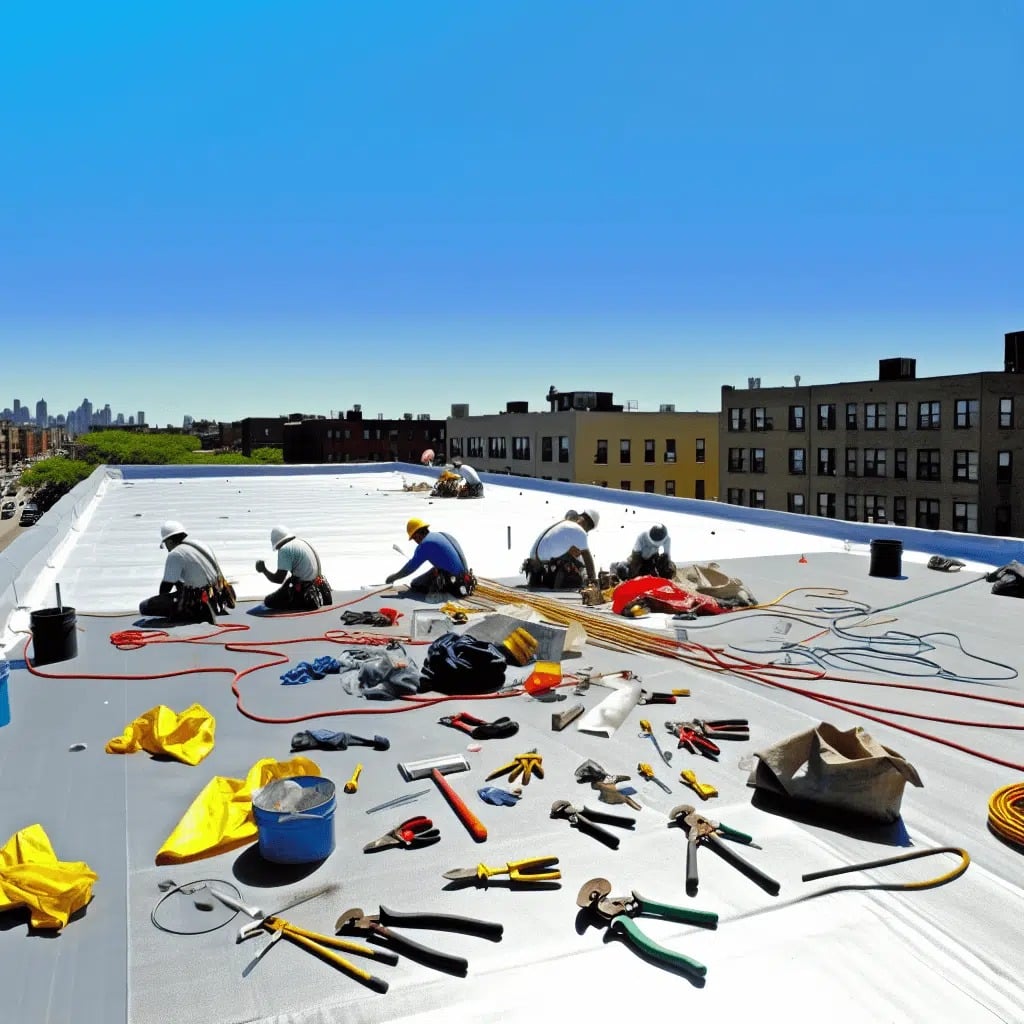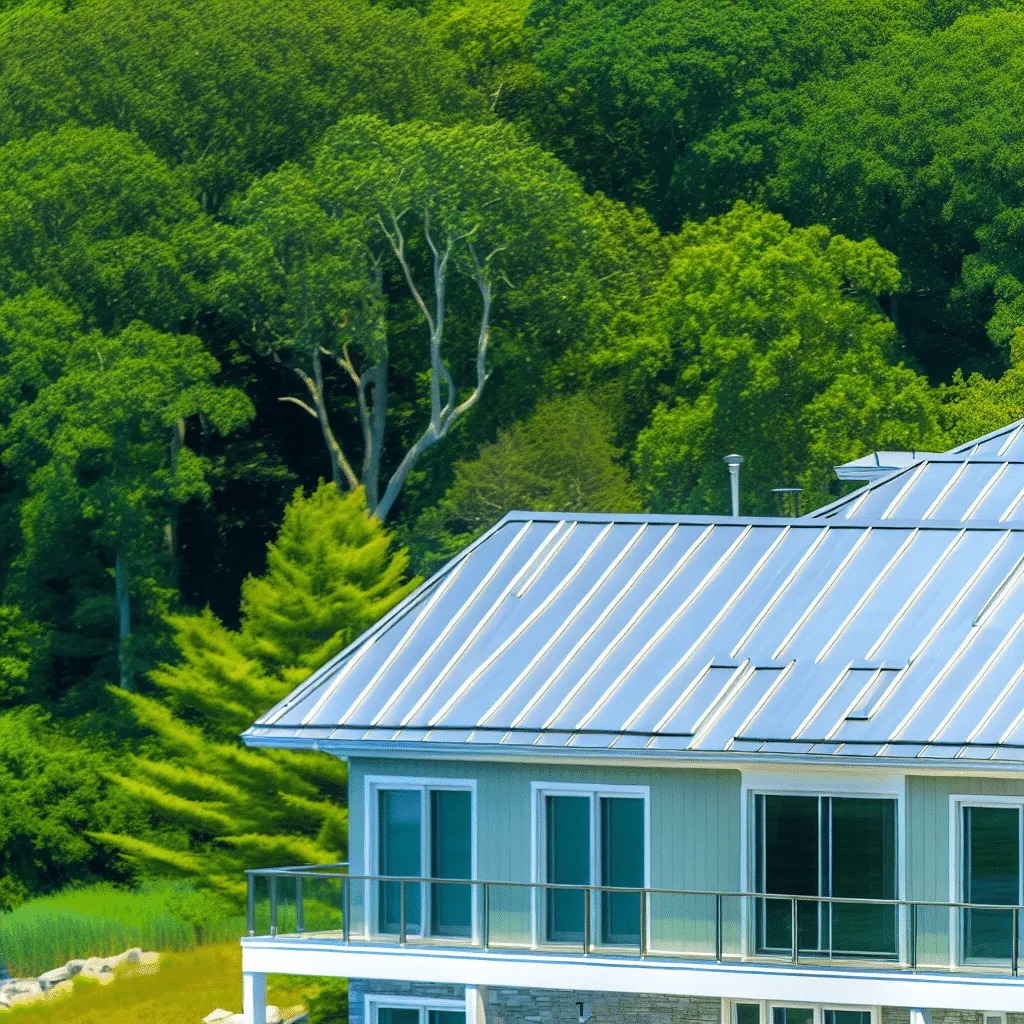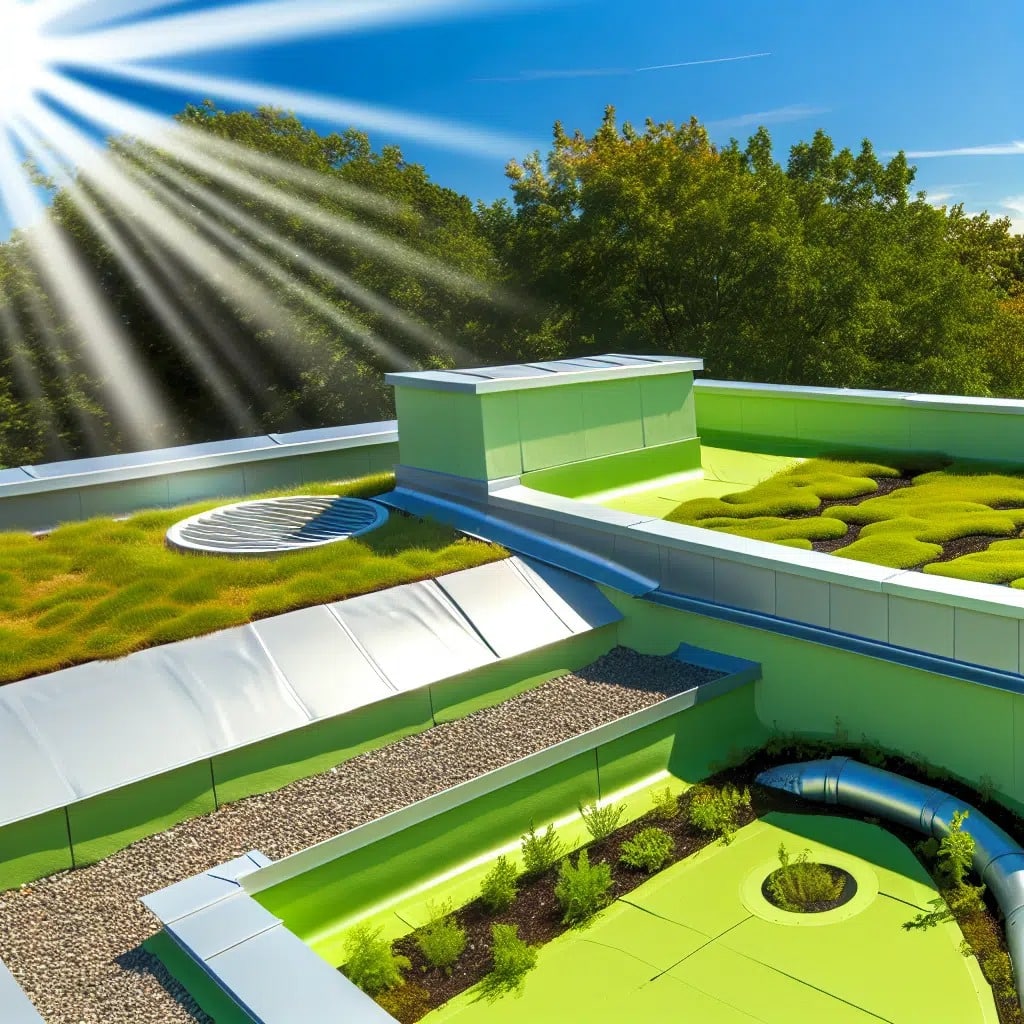Maximize Comfort with Strategic Roof Upgrades in Newport
The Importance of Roof Renovation in Winter
Challenges Posed by Newport’s Winter Climate
As Newport kisses goodbye to the warmth of fall, residents must brace themselves for the harsh winter weather. With snowfall averaging around 25 inches annually, roofs are put to the test during this period. It’s not just about the beauty of a white blanket covering rooftops; the weight and moisture associated with this snow can pose a real challenge. Without proper design and maintenance, the roofs of Newport homes can suffer from leaks, damage, and even collapse, making it essential for homeowners to be proactive about their roofing needs.
Benefits of Seasonal Roof Maintenance
Embarking on seasonal roof maintenance is not merely a precaution; it’s a strategic move to ensure year-round comfort. A well-maintained roof acts as the frontline defense against the elements, reducing the risk of heat escaping during those biting cold months. Moreover, keeping on top of winter maintenance ensures that any minor issues are caught before they blossom into expensive repairs. For Newport homeowners, this means an assurance that their homes remain safe, cozy, and efficient throughout winter’s tests.
Expert Insights into Roof Insulation Upgrades
The Role of Insulation in Energy Efficiency
When it
comes to maintaining a warm and comfortable home in Newport’s winter, proper insulation is a critical component. Not only does it slow the movement of heat through the roof, but it also plays a significant role in reducing overall energy consumption. With the cold weather outside, an insulated roof ensures the heat generated inside the living spaces doesn’t escape, maintaining a consistent and comfortable indoor temperature without overworking the heating system.
Selection Criteria for Insulation Materials
The choice of insulation material directly impacts the energy efficiency of a home. Newport residents should consider factors such as the R-value, which measures the material’s resistance to heat flow, as well as its environmental impact and durability. Using materials with higher R-values means greater insulating power, which is particularly important for coping with Newport’s frigid winters. Expert advice from a professional roofer can guide homeowners in selecting the best insulation materials for their specific needs.
Selecting Roofing Materials for Newport Winters
Features of Cold Weather Roofing Options
Roofing materials must withstand the unique demands of Newport’s winter climate, which is why choosing the right one is imperative. Materials should be durable, able to endure heavy snowfall, and resist the formation of ice dams. Moreover, they should offer good thermal resistance, preventing heat loss and contributing to a building’s overall energy efficiency.
Comparison of Popular Roofing Materials for
Enhancing the Longevity and Performance of Your Roof
Energy-Efficient Roofing Materials: A Smart Choice
When it comes to selecting roofing materials that can stand up to Newport’s winter elements while keeping energy bills in check, the modern homeowner has several options. Roof Upgrades: A Fresh Perspective can involve the use of asphalt shingles with cool-roof technology, a wise choice for those aiming to reduce heat loss. These shingles are specifically designed to reflect more sunlight and absorb less heat, leading to a more efficient thermal regulation of your home during the winter months.
Upgrading to Snow-Resistant Roof Installations
Each year, Newport’s winter puts homes at risk with its heavy snowfall. Integrating snow-resistant features into roof designs isn’t just an upgrade; it’s an essential step to enhance the roof’s durability and safety. Professional roofing contractors in Newport can provide advanced solutions such as steep slopes, durable shingle materials, and specialized structures designed to bear the weight of snow without compromising the integrity of the roof.
Roofing Maintenance: Preparing for Winter’s Worst
Achieving Thoroughness in Winter Roof Inspections
Before the chill sets in
Handy Tips
Tip 1
Assess your attic’s insulation level to ensure it complies with Newport’s recommended R-value for optimal heat retention during the winter months.
Tip 2
Opt for roofing materials that can bear significant snow loads and resist ice damming, crucial for handling Newport’s intense winter conditions.
Tip 3
Employ a waterproof underlayment beneath the shingles to safeguard against leakage and water damage when the snow begins to thaw.
Tip 4
Explore roofing options that promote energy efficiency, such as reflective surfaces or innovative solar shingles, to decrease heating expenses and elevate indoor comfort levels.
Tip 5
Consult with experienced roofing professionals at Rinaldi Roofing in Newport for a detailed evaluation and to address pre-winter roof weaknesses and necessary improvements.
Commonly Asked Question
, it’s crucial to ensure your roof is up to the task of facing another Newport winter. Thorough inspections conducted by experienced roofing professionals can uncover potential issues like cracked or missing shingles, blocked gutters, or insufficient insulation. Addressing these problems before snow and ice arrive can save homeowners from the hassle and expense of mid-winter roof repairs.
Planned Preventative Roof Maintenance: A Cost-effective Strategy
Seasonal maintenance is key to prolonging the life of a roof and maximizing the comfort of your home. This planned approach can help prevent unexpected issues and ensure your roof remains robust against the severe weather common in Newport winters. Additionally, maintaining your roof can lead to lower energy costs by keeping heat inside where it belongs.
Top Roof Upgrades Questions
Now that you’ve gained insight into the importance of roof upgrades, particularly in preparation for Newport’s winter months, here are some frequently asked questions to help you understand the essentials of roof enhancements.
Frequently Asked Question 1: What are the signs that my roof needs an upgrade?
Signs that your roof may require an upgrade include visible damage such as cracked, curling, or missing shingles, leaks or water damage inside your home, noticeable loss of granules from asphalt shingles, and energy bills that are unexpectedly high due to poor insulation or air leaks. Additionally, if your roof is more than


